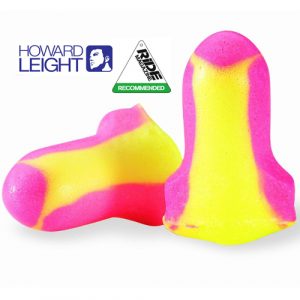You’ve probably heard of tennis elbow before – that nagging pain on the outside of your elbow that just won’t go away. But what exactly is it? Let’s dive in and uncover the truth behind this pesky condition.
Tennis elbow, clinically known as lateral epicondylitis, is an overuse injury that causes inflammation and tiny tears in the tendons that attach your forearm muscles to the bony lump on the outside of your elbow joint. Ouch!
It’s not just tennis players who suffer from this either. Any repetitive gripping or twisting motion with your forearm can lead to tennis elbow over time. Things like:
- Turning a door handle or opening jars (hello, pickle jar from hell!)
- Gripping tools like screwdrivers, hammers or garden shears
- Painting with a brush or roller
- Using a computer mouse (another fun office perk!)
Why Does My Elbow Hurt So Much?
The telltale signs of tennis elbow are pain and tenderness around the outside of your elbow. That burning sensation might travel down your forearm when you try activities like:
- Lifting or bending your arm
- Gripping small objects like a pen
- Extending your arm fully straight
It’s basically your body’s way of saying “Hey, I’m being overworked here! Give me a break!”
Should I See a Doctor?
If the pain doesn’t go away after resting your arm for a few days, it’s time to visit your friendly neighborhood doctor or physiotherapist.
They’ll check for swelling, tenderness, and have you do some stretches to assess the extent of the damage. An ultrasound or MRI scan might be needed to rule out any other issues like nerve irritation.
Beating Tennis Elbow: Treatments That Work
The good news? Tennis elbow is usually self-limiting, meaning it should get better over time with some simple self-care. Here’s what tends to help:
- Resting that overworked arm by avoiding aggravating activities
- Icing the elbow to reduce pain and inflammation (a frozen pea bag works great!)
- Over-the-counter anti-inflammatory meds like ibuprofen
- Physiotherapy with massage, stretches and strengthening exercises
In stubborn cases, your doc might suggest a steroid injection or even surgery to remove the damaged tendon. But most people recover within a year by taking it easy on their elbows.
Prevention is Key: Avoiding Tennis Elbow
Of course, preventing tennis elbow in the first place is ideal. If your job or hobbies involve repetitive arm motions, take frequent breaks to give those muscles a rest.
Improving your technique for sports like tennis can also help reduce strain on the elbow tendons. Using lightweight tools with larger grips puts less pressure on your forearm too.
Don’t be afraid to mix things up! Doing a variety of activities prevents overuse of the same muscle groups.
Who’s at Risk for Tennis Elbow?
While tennis elbow can strike anyone from avid athletes to passionate knitters, it’s most common in folks aged 35-54. It accounts for up to two-thirds of elbow pain cases.
The good news is it affects men and women equally. So we’re all in this together, my elbow-suffering friends!
There you have it – the ugly truth about tennis elbow. While dealing with elbow pain is no fun, being proactive about rest and treatment can get you back in the swing of things (no tennis puns intended!). Your elbows will thank you.
Photo “Tennis Elbow” by Anthony Cunningham for Zoom Health
Zoom Health is a leading UK supplier of Home Health Tests and Earplugs





